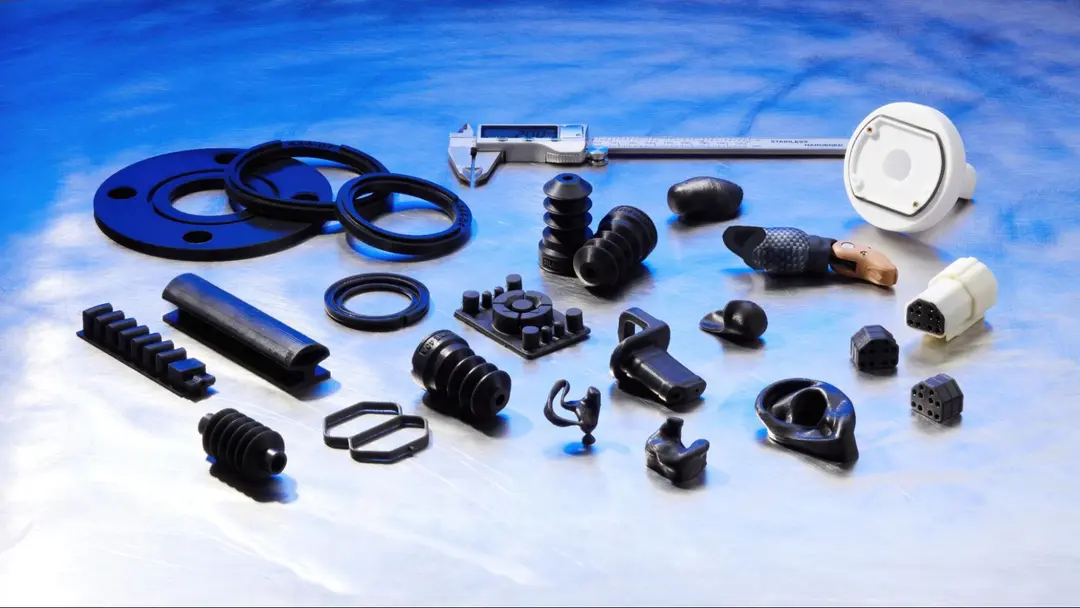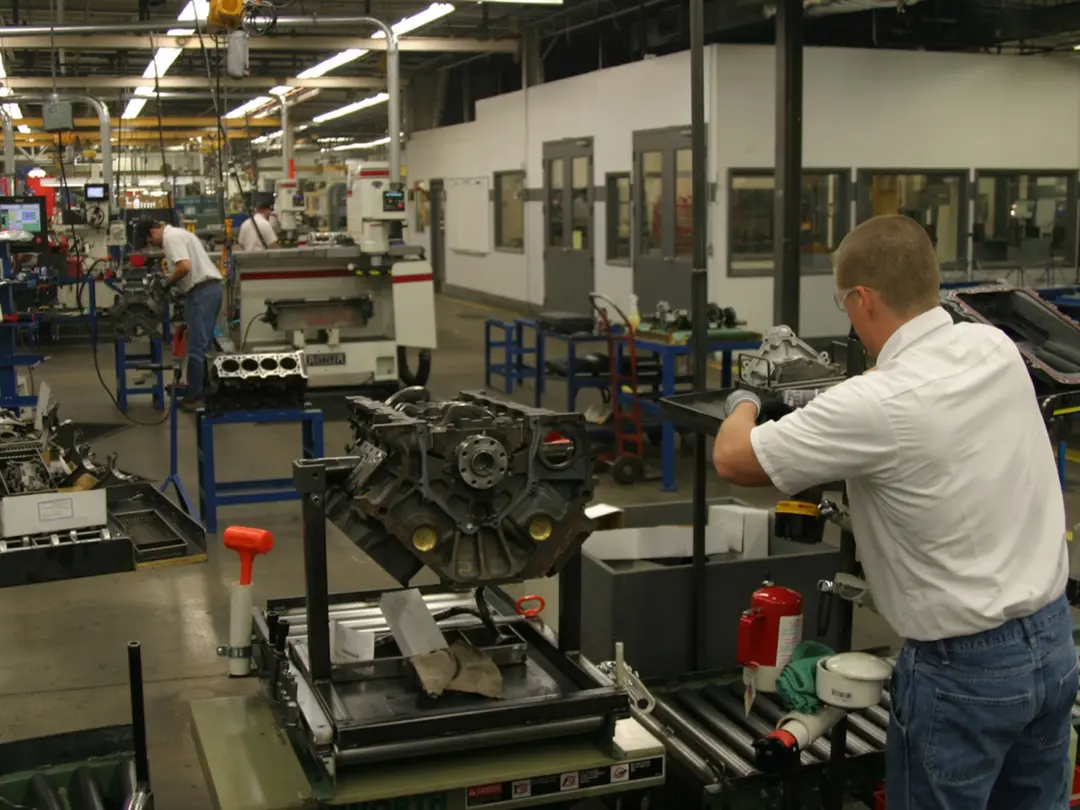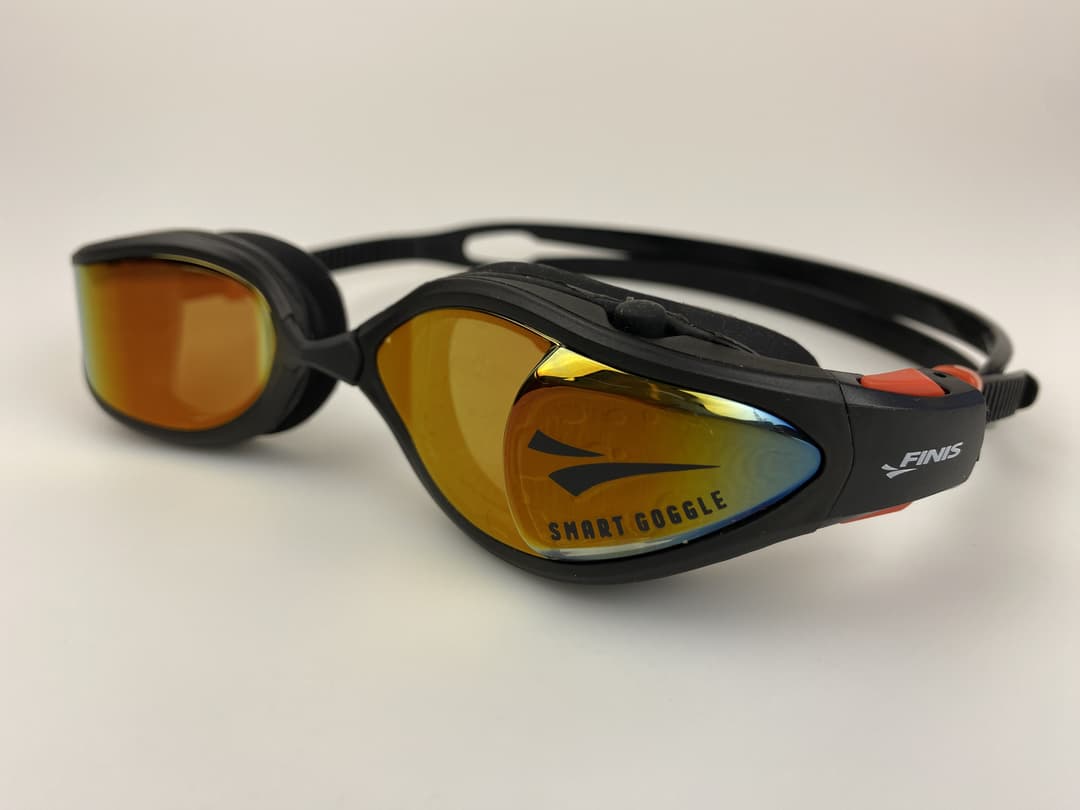The restaurant business is notoriously hard. As cultural phenomena like Anthony Bourdain’s Kitchen Confidential, FX’s smash hit ‘The Bear,’ or the 2023 horrific fine-dining satire 'The Menu' have shown, pleasing customers, making profits, and keeping your staff motivated seems to be a truly challenging task. The answer in 2023, as it seems with so many other industries, would be to bring in the robots. But integrating automation with food? Not so easy.
Hyphen, a restaurant automation start-up based in San Jose, California, has done it — successfully creating and deploying restaurant automation tools, and working with operators responsible for over one billion dollars in sales each year.
3D printing has played a significant role in their speed to market and their unique modular approach to food creation. They rely on a host of Form 3+, Form 3L, and Fuse 1+ 30W printers to rapid prototype hundreds of machinery components, as well as fabricate molding tools, replacement parts, and manufacturing aids.

The Hyphen makeline is the first of its kind — to reach the market as fast as possible, the team relies on a fleet of SLA and SLS printers from Formlabs.
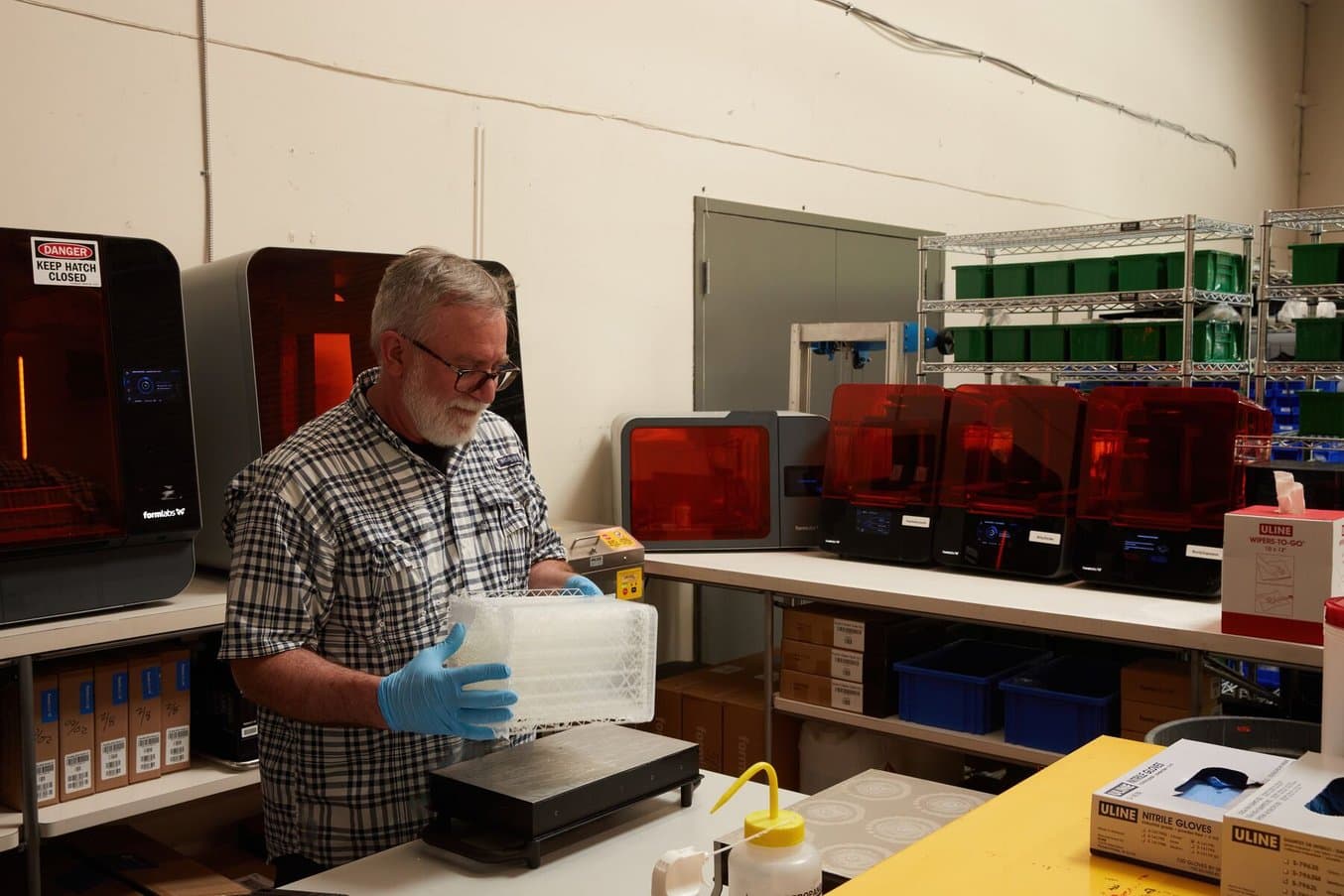
Hyphen’s fleet of three Form 3L, three Form 3+, and two Fuse 1+ 30W printers is running constantly, with parts finishing overnight and starting immediately the next morning.
Though some industrial food producers have ingredient-specific machines like automated lettuce cutters, no one has been able to create a solution that addresses the range of ingredients restaurant patrons are looking for, until now. We spoke with CTO and co-founder Daniel Fukuba, SVP of Hardware and Manufacturing Maneesh Jain, and Senior Mechanical Engineer Jacob Boyer to learn more about how they’re becoming the first to market in food automation. “Everything we are working on here is brand new. It doesn't exist in the real world at all. So everything we are making is custom. And we need to make it as fast as possible in order to be the first to market with what we're trying to build,” says Boyer.
“To handle the breadth that we’re going after, we need to structurally have some approach that is faster in how we do our product development cycles, and that’s 3D printing,”
Daniel Fukuba, CTO and co-founder, Hyphen
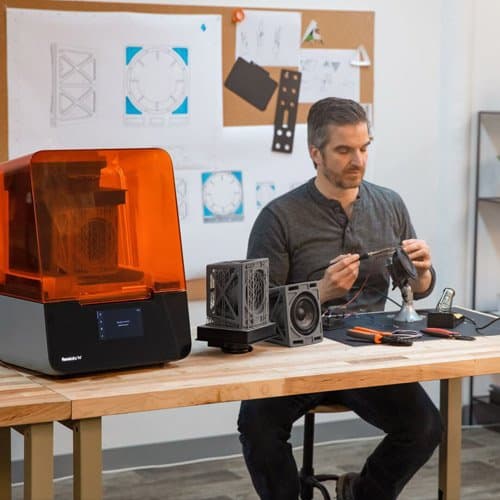
Rapid Prototyping: Choosing the Right Process and Materials
Create concept models and functional prototypes faster than ever before, and execute quick revisions of your designs based on real-world testing.
Customization Makes Restaurants Ripe for Automation
The pandemic accelerated changes in the industry — from the proliferation of bowl-based models pioneered by Chipotle and others to the emphasis on customizable options. Health and wellness have become major profit drivers, and even some classic sandwich restaurants like Subway have started to offer bowl-based options for customers looking to skip the bread.
These factors have created a breaking point for workers. Tens or hundreds of customized online orders might come in at any given hour, needing to be balanced with in-person ordering. At such high volumes with short turnaround times, mistakes are easy to make. The result is less consistency for restaurants and a poor customer experience, as well as mounting costs due to food waste.
Automation can help solve these problems for other industries, but the organic nature of food makes it hard for typical robotic systems to handle ingredients. Hyphen has been able to offer the first restaurant automation toolkit by creating new robotic systems, and 3D printing is the key to their rapid pace of innovation.
“With bowl-based restaurants, every order could be a custom order — there are typically no fixed menu items, so it needs this high-mix production environment, which machines lend themselves to. And when you're working with food, it's really challenging because you have material properties that may change throughout the day, depending on how it was prepped,” says Fukuba.
Solving for Space, Labor, and Scaling
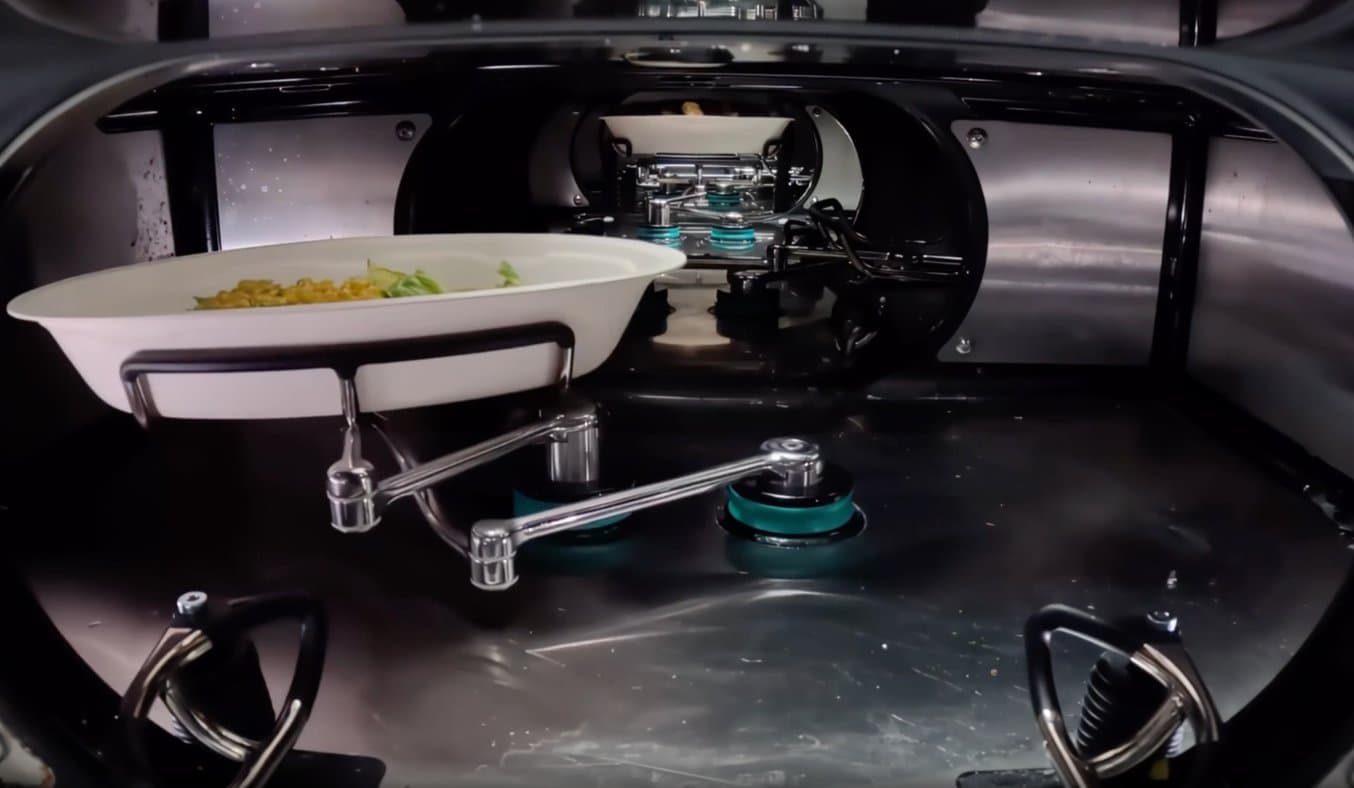
Below the counter, Hyphen’s makeline operates alongside restaurant workers and is customized to the restaurants’ unique ingredients and preparation styles.
Hyphen’s product, a modular makeline, solves the problems of space, labor shortages, digital ordering, and customization demand by creating a system that restaurants can rely on to work with their employees, not instead of them. The makelines can be customized, scaled up, and moved around to maximize efficiency. “We designed our system so that it is a hybrid solution where you can have operators working in tandem with the automation,” says Fukuba.
On the makeline, ingredients are dispensed through a system of hoppers, scales, and containers. Each hopper, funnel, and auger needs to be calibrated specifically for the type of food it will serve — that could mean cucumbers, but a different mechanism for sliced, diced, stripped, or quartered. “Each ingredient has its unique requirements, so we need to create and test new products that are adapted to those specific features,” says Boyer.
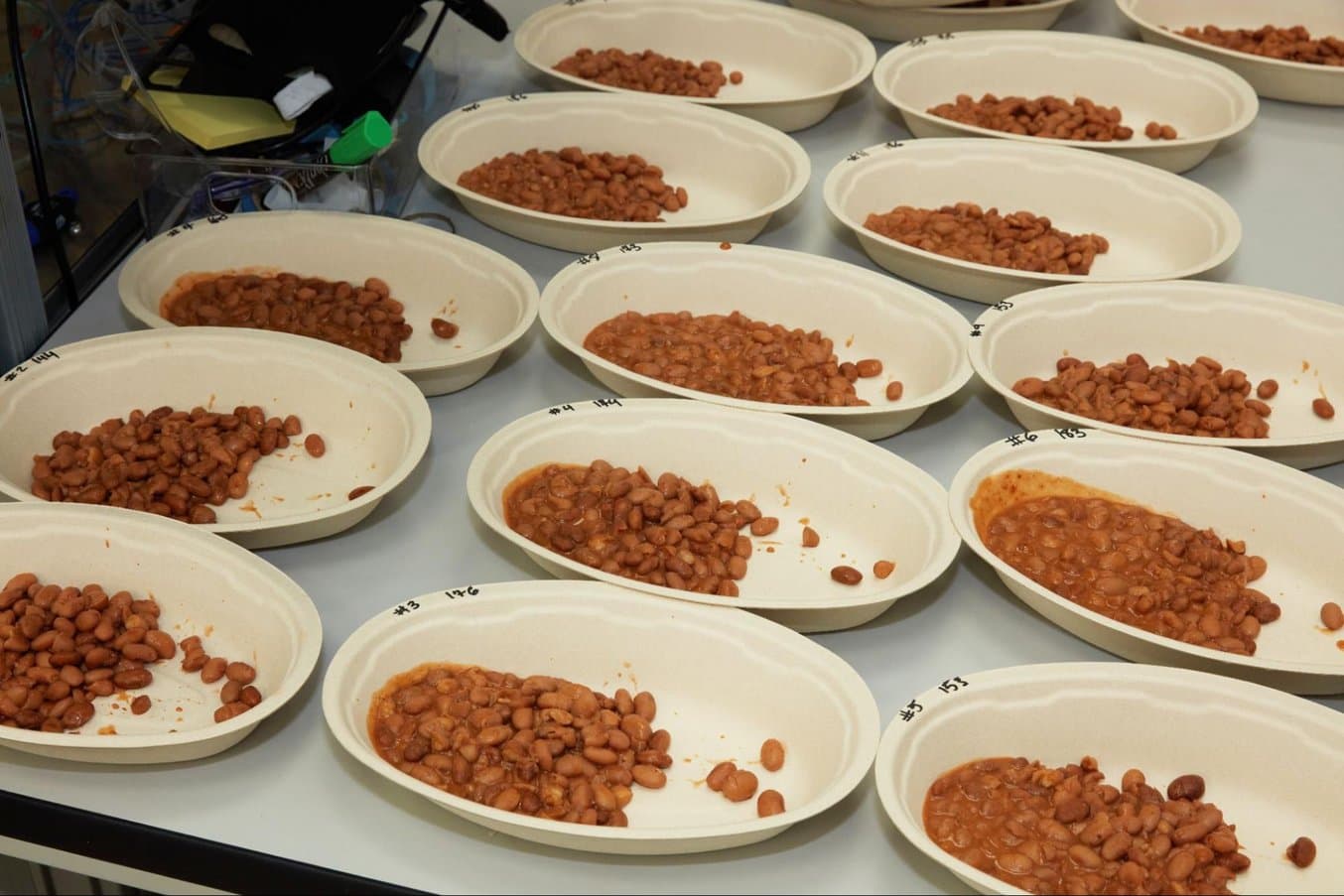
With ingredients that can change based on the temperature of the room or when they were prepared, getting consistent results means extensive testing.

Even designing a machine that consistently dispenses different vendors’ bowls and plates can be a challenge.
They’ve been able to create these makelines by iterating their components thousands of times. To make machinery that can handle the infinite possible variations of foods, the team designs and tests machinery using the Form 3+ and Form 3L SLA machines, as well as Fuse 1+ 30W SLS units.
“With the number of iterations we need to go through to design these hoppers, experimentally validate these designs, and understand how food is flowing through them, the whole thing wouldn’t work without 3D printing,”
Daniel Fukuba, CTO and co-founder, Hyphen
Speedy Iterations for Fast Casual Food
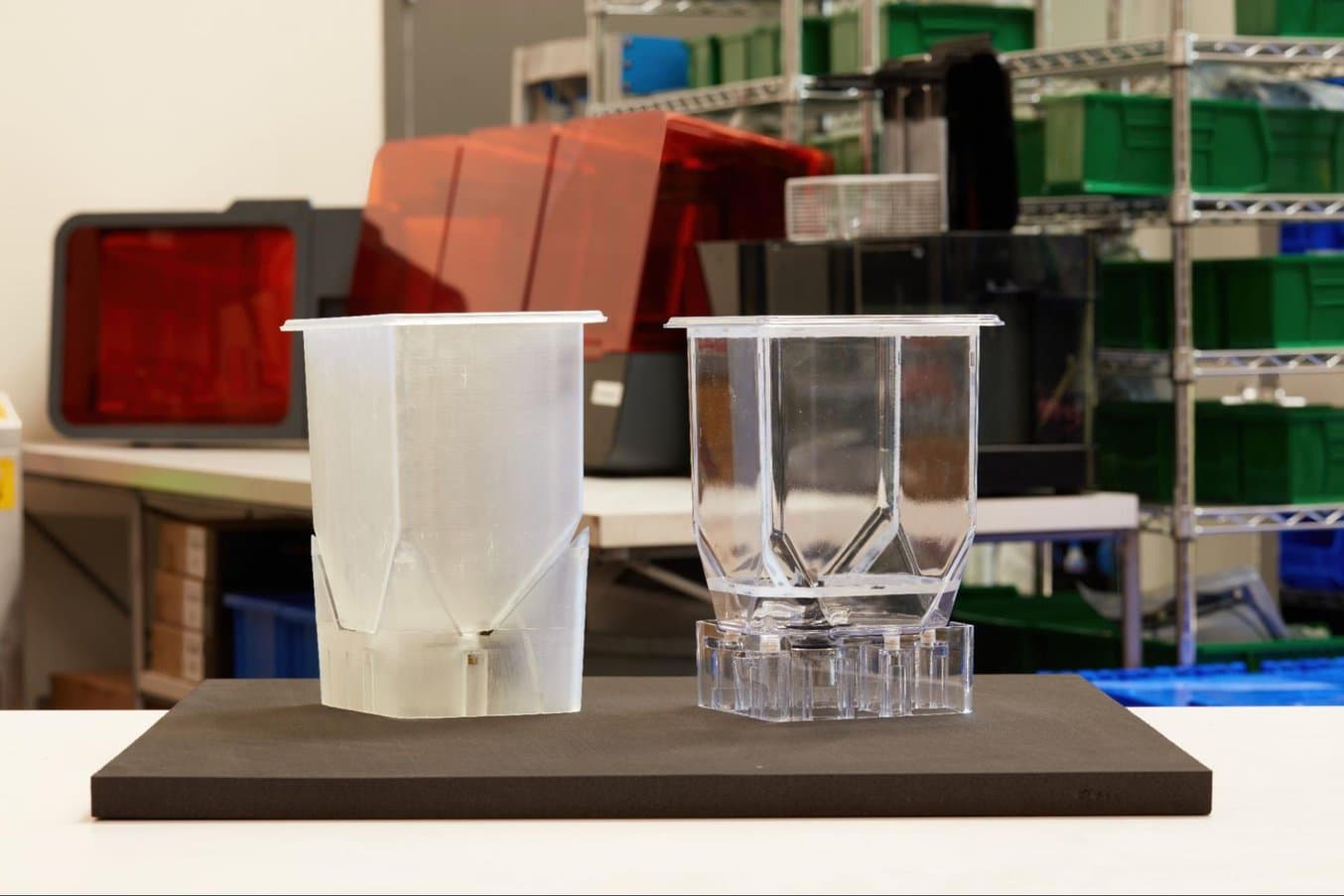
These hoppers are integral to the smooth functioning of the makeline; they’re customized based on an ingredient’s viscosity, temperature, and consistency.

For an ingredient like this red salsa, testing could change based on the time of day or the type of tomatoes — so rigorous, continuous testing is necessary for every hopper and auger design.
The 3D printing lab deals with tens, if not hundreds, of files every week from different designers and engineers. The team is able to print multiple versions of hoppers, dispensing augers, or enclosures, accounting for myriad factors like fluid, viscosity, or how tightly the ingredient is packed. The main focus of the R&D work at Hyphen is prototyping dispensers, and their work is never done.
Anything from the water discharged from tofu to the harvesting timeline of kale can affect how the ingredient moves through that hopper. Hyphen has to manage not only the part design but also an enormous library of validated ingredients, so that they’re ready to expand their product offering at any time.
“The rate at which we can iterate on these hoppers drives the pace of our innovation. It determines how quickly we can reach a solution for our partners to add more ingredients or new ingredients, and grow their own business,”
Daniel Fukuba, CTO and co-founder, Hyphen
Every day there might be one to three different tests going on with some baseline or benchmarking ingredient. Once they benchmark the characteristics, they test whether it can flow properly and consistently. From there, and this might cover two or 20 physical hardware iterations, they have to dial in the accuracy and design of the part, then follow that framework for hundreds of foods.
“The tolerancing on the machines is really helpful because it's better than what we need in most cases. And so we don't really have to think about it. So if we're making really weird shapes, it's really helpful… The limits are our imagination when we have these available to us,” says Boyer.
Adding the Form 3L and Fuse 1+ 30W
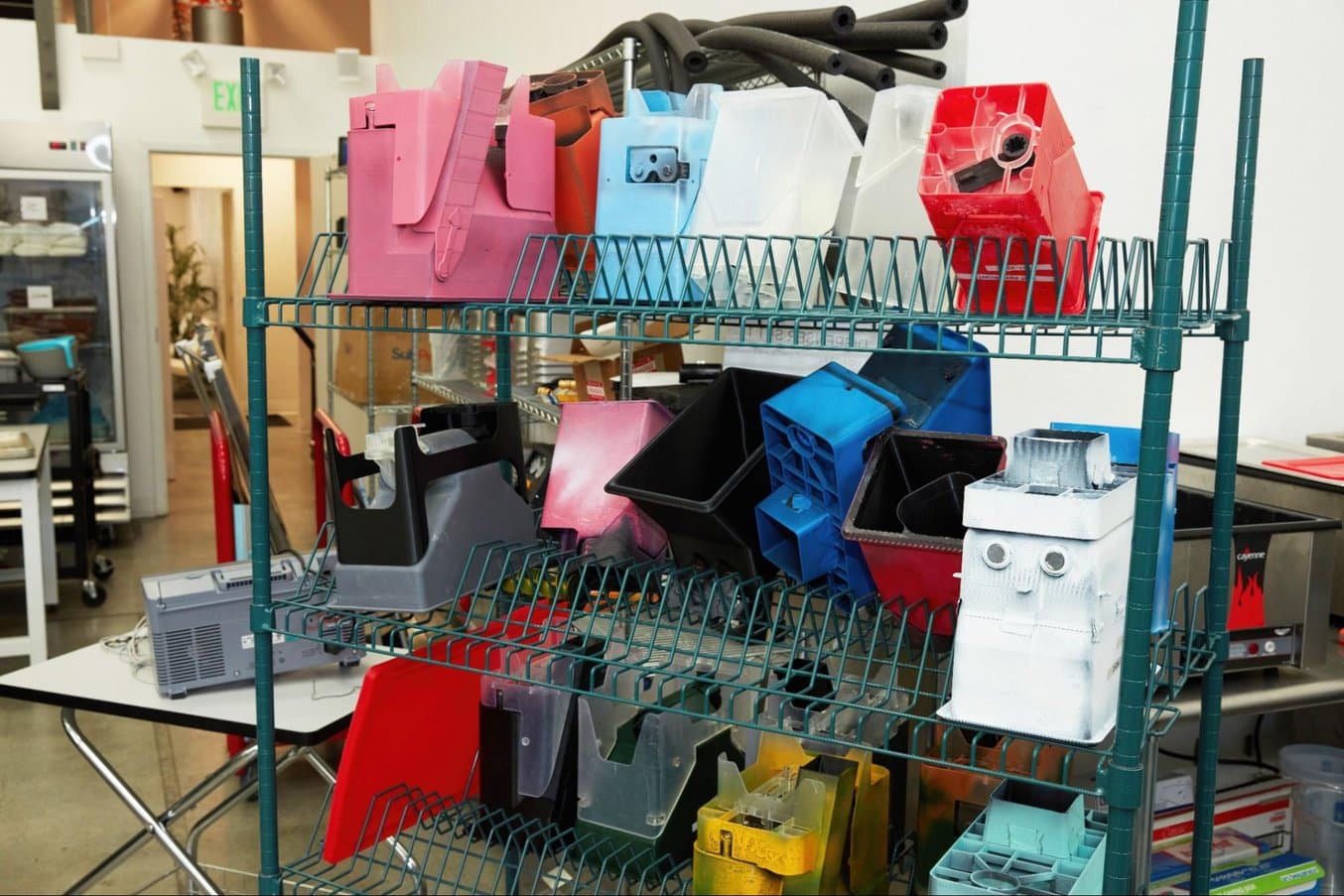
With the Form 3L’s in-house, Hyphen brought their iteration time on these hoppers, all printed on the Form 3L and painted to distinguish between iterations and ingredients, down to three days for design, printing, post-processing, and functionally testing.
To handle the printing volume, the team invested in three Form 3+ printers and immediately added the Form 3L upon its release. Adding the Fuse 1+ 30W in 2022 empowered them to start working on batch production for end-use parts that don’t come in contact with the food, and let them print small parts for machine repairs out in the field. During the pandemic, engineers were able to take Form 3+ desktop printers home to continue iterating.
“We were able to cut down our cycle times of iteration on hoppers from two weeks to three days. And from a cost perspective, we get ROI on a machine like the 3L within three to four weeks, which is pretty significant for the capacity we're looking for,”
Daniel Fukuba, CTO and co-founder, Hyphen
Smart Substitutions at High Speed

Rigid 10K Resin can mimic the material properties of metal, making it a perfect functional testing material for augers.
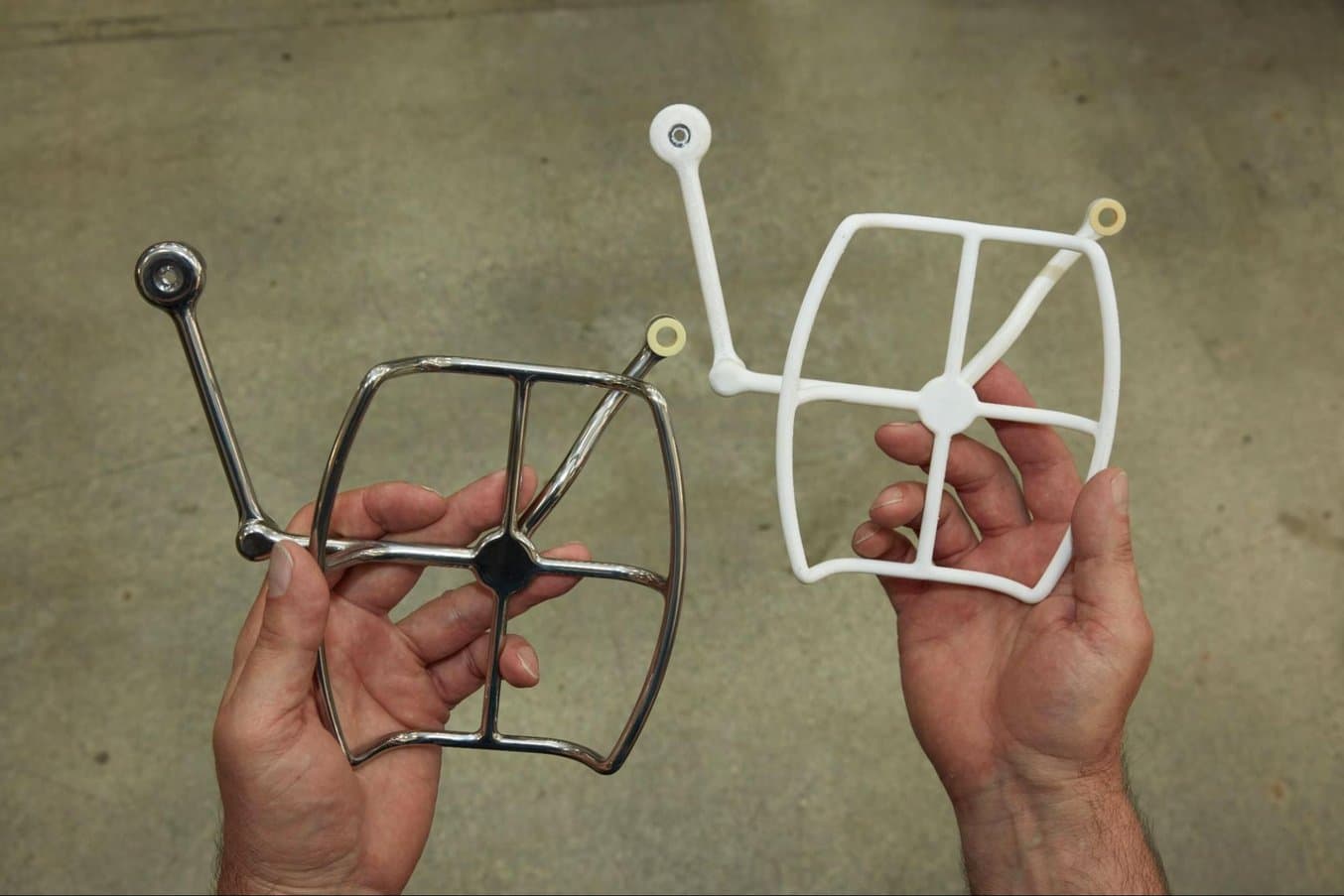
These tray holders, machined (left) or 3D printed in Rigid 10K Resin, move the bowls or plates within the makeline to build customized orders.
The Form 3+ and Form 3L material availability has let the team get better results from their testing process. Though originally relying on Grey Resin and Tough 2000 Resin, Fukuba found that printing in Clear Resin allowed the testing team to run videos and hone in on any issues right away. “There are a lot of cameras arranged around the testing apparatus, and we can run these benchmark tests to quickly see what’s going on inside the hoppers printed in Clear Resin.”
Because of the strict food safety regulations, many end-use food contact parts are eventually manufactured from stainless steel, but to accurately prototype them, Hyphen uses Rigid 10K Resin to mimic the stiffness and smoothness of the end result. “Most augers will be made from a wire-wrapped stainless element, so while we’re still adjusting the geometries, we print them all out in Rigid 10K Resin,” says Fukuba.
For prototyping parts that will eventually be rubber or silicone, the team relies on Flexible and Elastic Resins instead of ordering molds. Any seal or bellow-type design necessary can be quickly prototyped and tested, without holding up the process to wait for a mold.
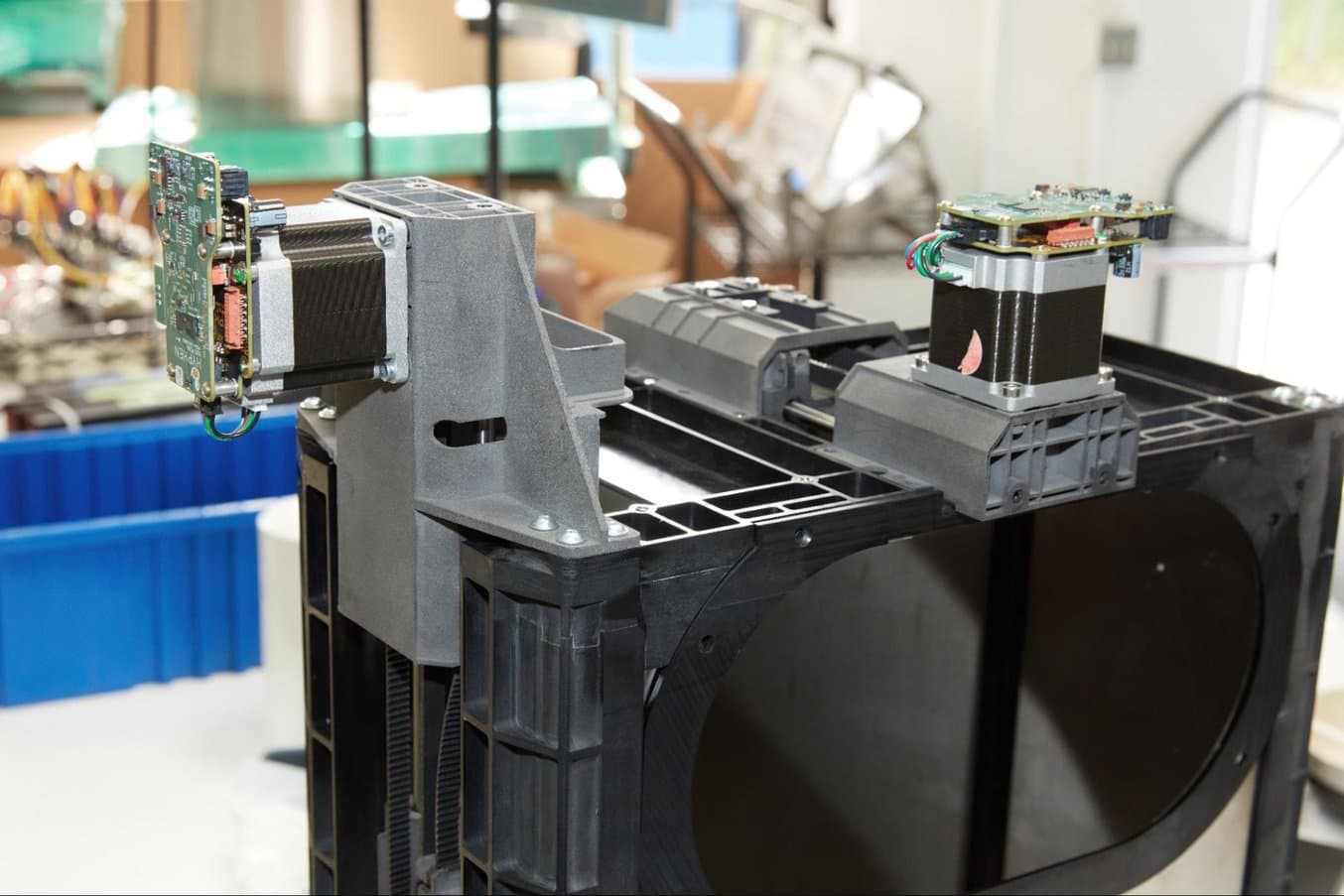
For end-use parts that don’t interact with ingredients, components printed on the Fuse 1+ 30W in Nylon 12 Powder are a fast, affordable alternative to outsourcing or machining.
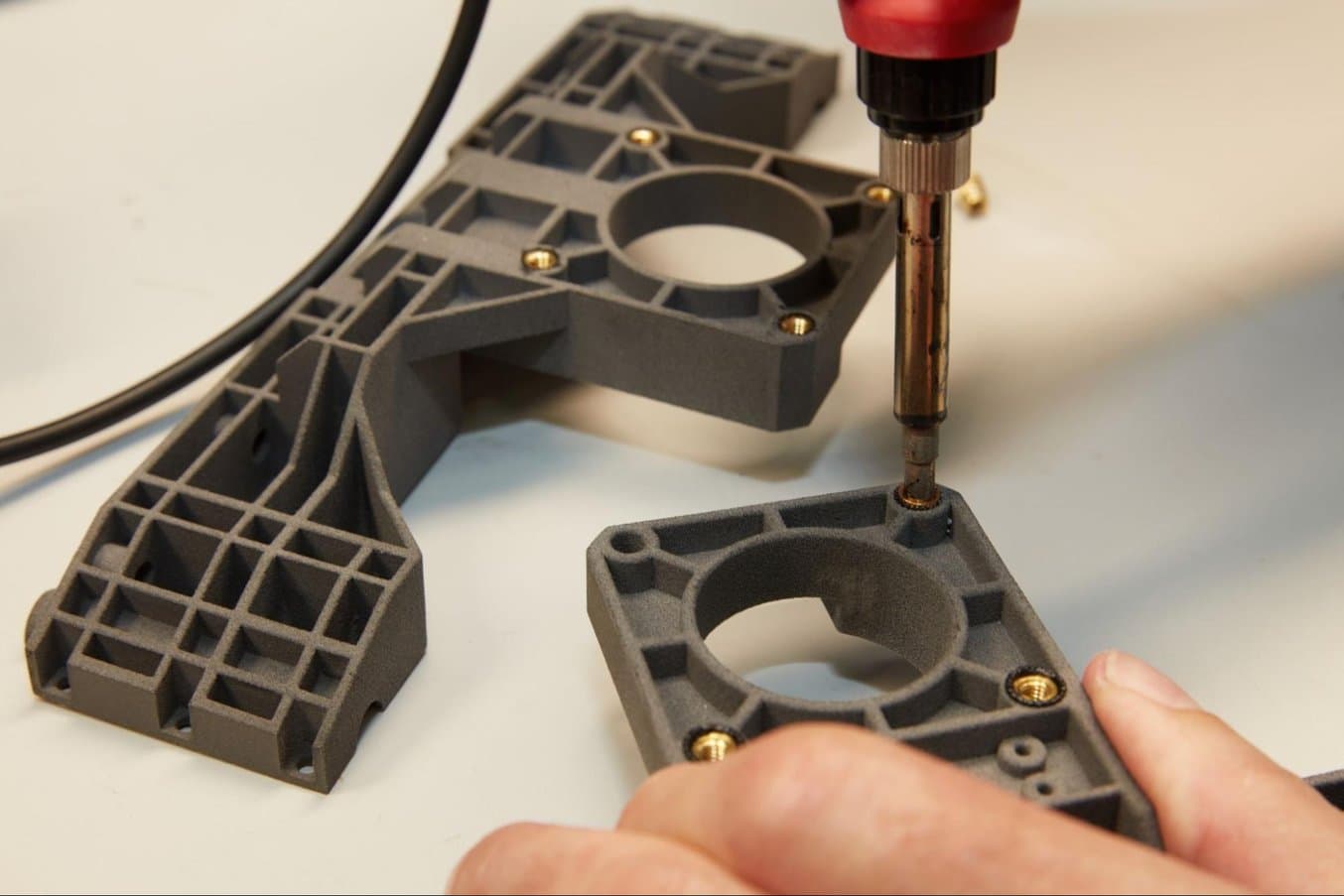
Heat-tapping Nylon 12 Powder Parts is an easy and reliable method of creating strong, functional multi-material assemblies.
For manufacturing aids and end-use parts that don’t come in contact with the ingredients, Boyer will often compare the cost of tooling to printing in house, and has found that more times than not, the Fuse 1+ 30W and Nylon 12 Powder are cheaper for their low-volume runs than sending a design out to be tooled up.
“I always do a comparison when I'm looking for maybe a semi-permanent part — can we 3D print it here or can we outsource it? Nine times out of ten, we end up 3D printing it in-house because outsourcing it is either three times as long or the cost is just so insanely high relative to doing it here for free,”
Jacob Boyer, Senior Mechanical Engineer, Hyphen
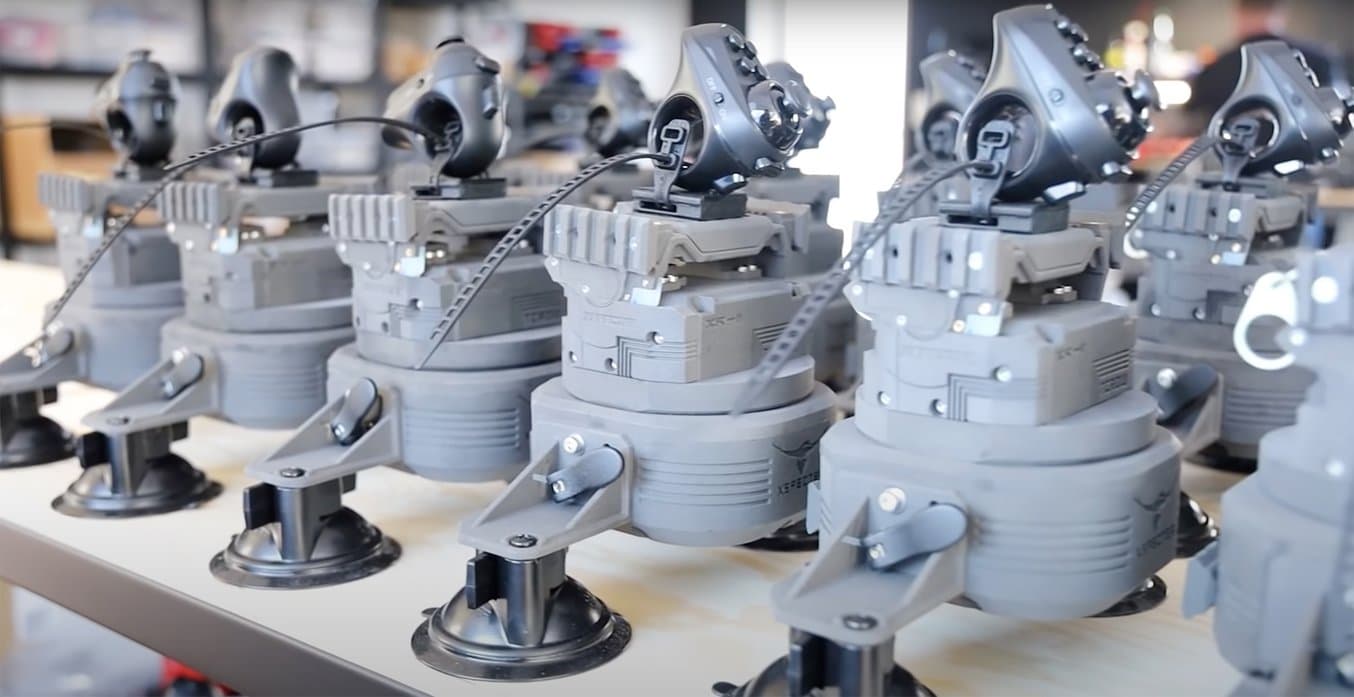
Stress Testing 3D Printed Parts for End-Use Applications
This white paper presents Formlabs 3D printing hardware and material solutions for end-use part production.

SLS for End-Use Production
3D printing for end-use production is not only possible, it's more affordable, agile, and scalable than ever with the Fuse SLS Ecosystem. Visit our SLS for Production page to compare production methods, learn about bulk powder pricing, and see production in action for 15 different manufacturers currently using the Fuse Series.
Mimicking the Makeline
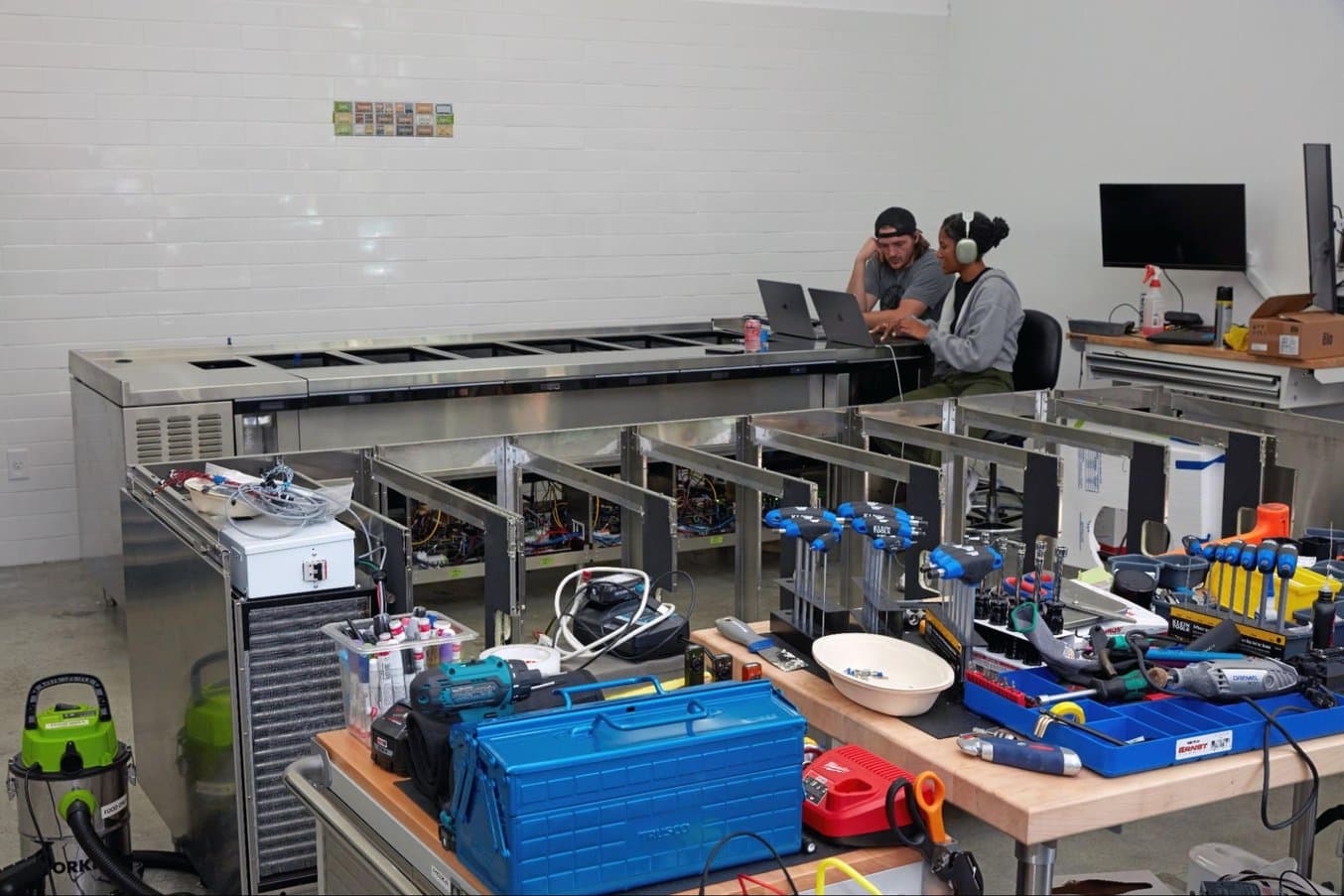
Hyphen has built multiple iterations of their full makeline for their first customer partnerships, often using 3D printing as a stopgap production option in this early stage.
Some prototypes are just components, but the size and power of the Fuse 1+ allow the Hyphen engineering team to build and iterate an entire makeline in as little as 30 days. For a product that large and with that many moving parts (not to mention the number of different foods it will handle), one month is short by any measure.
The team was able to pull it together by printing almost every component, save the refrigeration and metal frames and chassis, on the Fuse 1+ 30W and the Form 3L. “Before we’ll order tooling across a suite of parts that might be injection molded in the future, we can mimic the entire machine with 3D printed parts. It helps us find windows of opportunity where we can fit in design changes machine to machine and be flexible,” says Fukuba.
First in Class
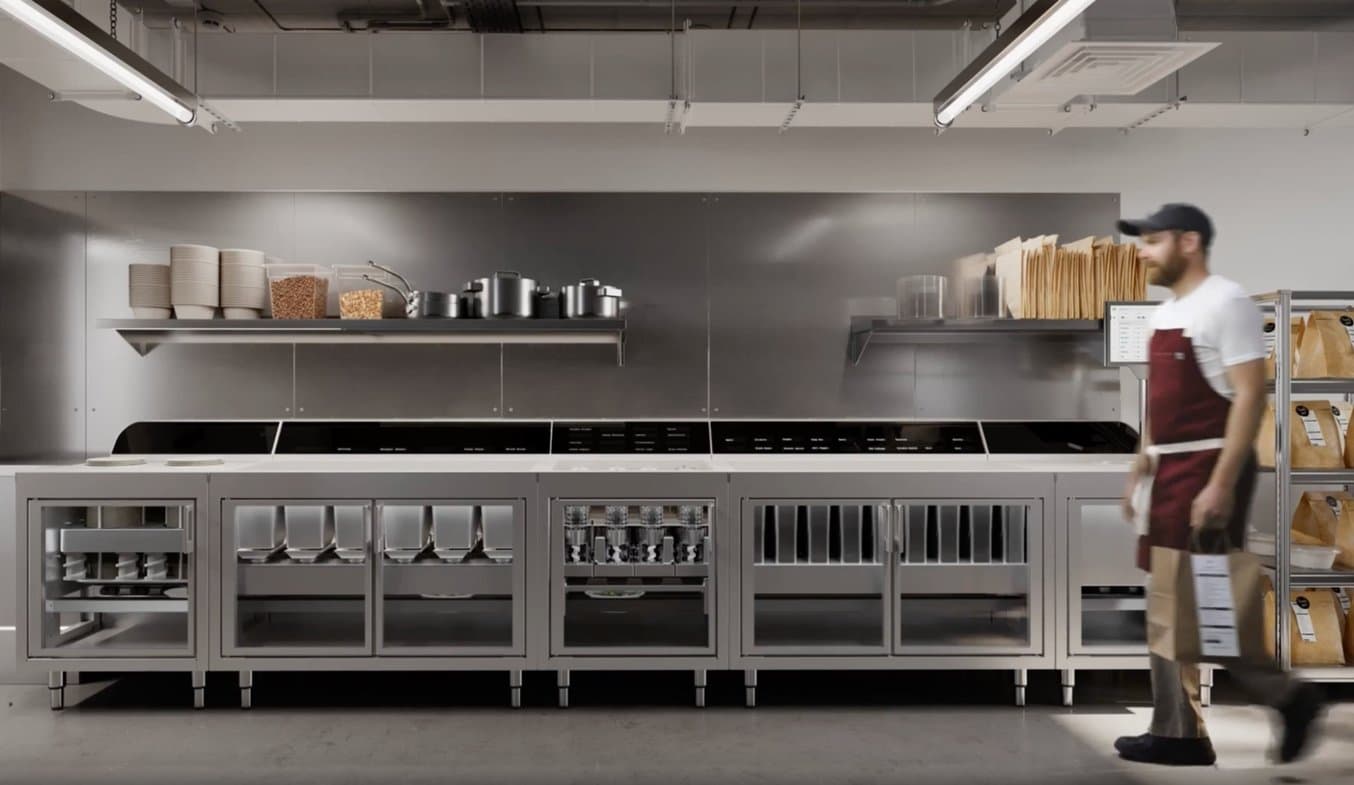
The restaurant industry moves quickly, and workers are hard-pressed to stay apace, especially as digital ordering, customization, and rising costs are adding to the pressure. To provide a custom-built solution for those restaurants, Hyphen needs to move just as quickly. By leveraging a fleet of SLA and SLS printers, the engineering and design teams can tackle the challenge of automation with ingredients that are constantly changing for every customer, at every hour, in every form.
“It's very clear there's a huge demand for this product. Over the next year, we're looking to get into the hundreds of them made. Having a customer or set of customers ready to take delivery is super motivating. Without 3D printing, we would never be there,”
Maneesh Jain, SVP of Hardware and Manufacturing, Hyphen
To learn more about 3D printing for stopgap production, or to see if the Fuse Series and Form 3 Series are right for your workflow, contact our team or visit our resources page.
